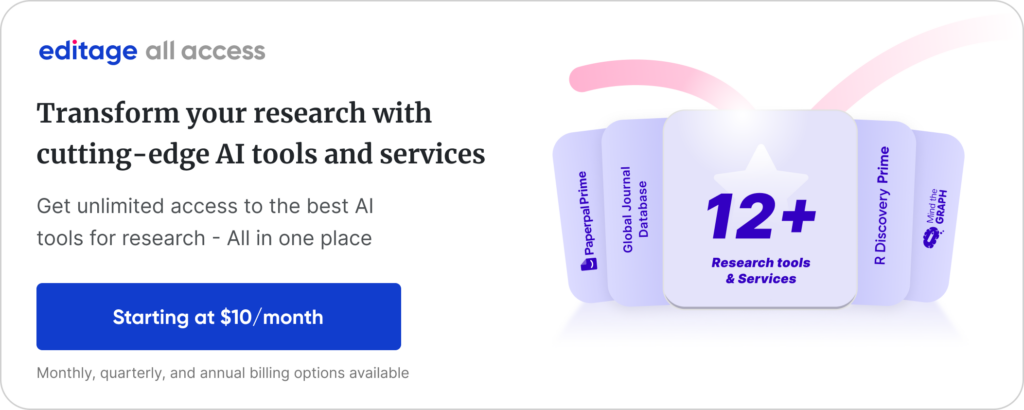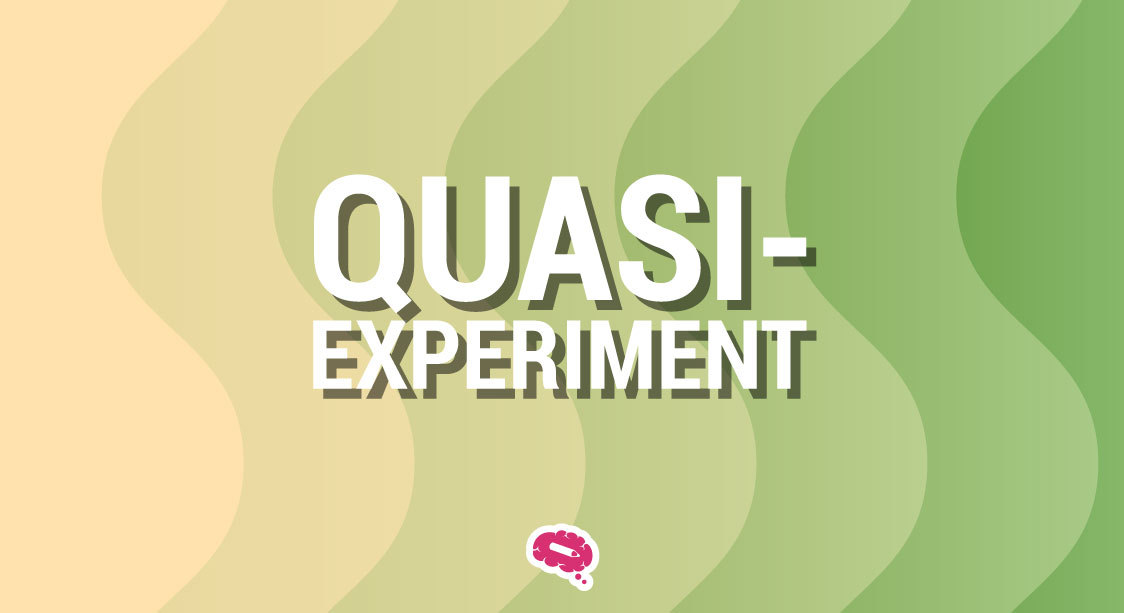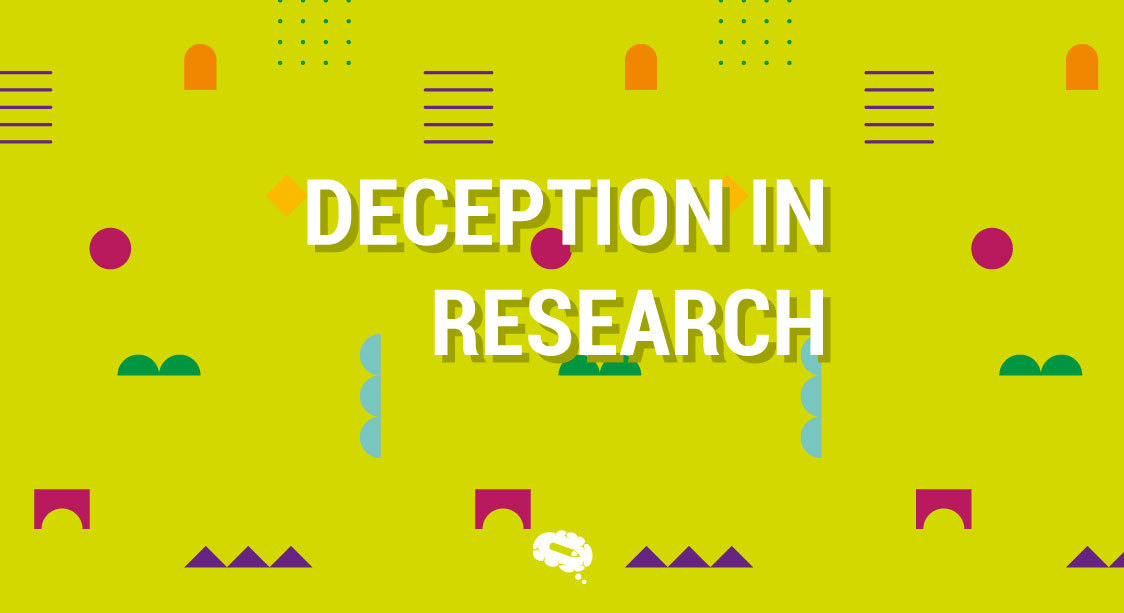Quasi-experimental research designs have gained significant recognition in the scientific community due to their unique ability to study cause-and-effect relationships in real-world settings. Unlike true experiments, quasi-experiment lack random assignment of participants to groups, making them more practical and ethical in certain situations. In this article, we will delve into the concept, applications, and advantages of quasi-experiments, shedding light on their relevance and significance in the scientific realm.
What Is A Quasi-Experiment Research Design?
Quasi-experimental research designs are research methodologies that resemble true experiments but lack the randomized assignment of participants to groups. In a true experiment, researchers randomly assign participants to either an experimental group or a control group, allowing for a comparison of the effects of an independent variable on the dependent variable. However, in quasi-experiments, this random assignment is often not possible or ethically permissible, leading to the adoption of alternative strategies.
Types Of Quasi-Experimental Designs
There are several types of quasi-experiment designs to study causal relationships in specific contexts. Some common types include:
Non-Equivalent Groups Design
This design involves selecting pre-existing groups that differ in some key characteristics and comparing their responses to the independent variable. Although the researcher does not randomly assign the groups, they can still examine the effects of the independent variable.
Regression Discontinuity
This design utilizes a cutoff point or threshold to determine which participants receive the treatment or intervention. It assumes that participants on either side of the cutoff are similar in all other aspects, except for their exposure to the independent variable.
Interrupted Time Series Design
This design involves measuring the dependent variable multiple times before and after the introduction of an intervention or treatment. By comparing the trends in the dependent variable, researchers can infer the impact of the intervention.
Natural Experiments
Natural experiments take advantage of naturally occurring events or circumstances that mimic the random assignment found in true experiments. Participants are exposed to different conditions in situations identified by researchers without any manipulation from them.

Application of the Quasi-Experiment Design
Quasi-experimental research designs find applications in various fields, ranging from education to public health and beyond. One significant advantage of quasi-experiments is their feasibility in real-world settings where randomization is not always possible or ethical.
Ethical Reasons
Ethical concerns often arise in research when randomizing participants to different groups could potentially deny individuals access to beneficial treatments or interventions. In such cases, quasi-experimental designs provide an ethical alternative, allowing researchers to study the impact of interventions without depriving anyone of potential benefits.
Examples Of Quasi-Experimental Design
Let’s explore a few examples of quasi-experimental designs to understand their application in different contexts.
Design Of Non-Equivalent Groups
Determining The Effectiveness Of Math Apps In Supplementing Math Classes
Imagine a study aiming to determine the effectiveness of math apps in supplementing traditional math classes in a school. Randomly assigning students to different groups might be impractical or disrupt the existing classroom structure. Instead, researchers can select two comparable classes, one receiving the math app intervention and the other continuing with traditional teaching methods. By comparing the performance of the two groups, researchers can draw conclusions about the app’s effectiveness.
To conduct a quasi-experiment study like the one mentioned above, researchers can utilize QuestionPro, an advanced research platform that offers comprehensive survey and data analysis tools. With QuestionPro, researchers can design surveys to collect data, analyze results, and gain valuable insights for their quasi-experimental research.
How QuestionPro Helps In Quasi-Experimental Research?
QuestionPro’s powerful features, such as random assignment of participants, survey branching, and data visualization, enable researchers to efficiently conduct and analyze quasi-experimental studies. The platform provides a user-friendly interface and robust reporting capabilities, empowering researchers to gather data, explore relationships, and draw meaningful conclusions.
Natural Experiments
In some cases, researchers can leverage natural experiments to examine causal relationships.
Determining The Effectiveness Of Teaching Modern Leadership Techniques In Start-Up Businesses
Consider a study evaluating the effectiveness of teaching modern leadership techniques in start-up businesses. Instead of artificially assigning businesses to different groups, researchers can observe those that naturally adopt modern leadership techniques and compare their outcomes to those of businesses that have not implemented such practices.
Advantages and Disadvantages Of The Quasi-Experimental Design
Advantages
Quasi-experimental designs offer several advantages over true experiments, making them valuable tools in research:
- Scope of the research: Quasi-experiments allow researchers to study cause-and-effect relationships in real-world settings, providing valuable insights into complex phenomena that may be challenging to replicate in a controlled laboratory environment.
- Regression Discontinuity: Researchers can utilize regression discontinuity to evaluate the effects of interventions or treatments when random assignment is not feasible. This design leverages existing data and naturally occurring thresholds to draw causal inferences.
Disadvantage
Lack of random assignment: Quasi-experimental designs lack the random assignment of participants, which introduces the possibility of confounding variables affecting the results. Researchers must carefully consider potential alternative explanations for observed effects.
What Are The Different Quasi-Experimental Study Designs?
Quasi-experimental designs encompass various approaches, including nonequivalent group designs, interrupted time series designs, and natural experiments. Each design offers unique advantages and limitations, providing researchers with versatile tools to explore causal relationships in different contexts.
Example Of The Natural Experiment Approach
Researchers interested in studying the impact of a public health campaign aimed at reducing smoking rates may take advantage of a natural experiment. By comparing smoking rates in a region that has implemented the campaign to a similar region that has not, researchers can examine the effectiveness of the intervention.
Differences Between Quasi-Experiments And True Experiments
Quasi-experiments and true experiments differ primarily in their ability to randomly assign participants to groups. While true experiments provide a higher level of control, quasi-experiments offer practical and ethical alternatives in situations where randomization is not feasible or desirable.
Example Comparing A True Experiment And Quasi-Experiment
In a true experiment investigating the effects of a new medication on a specific condition, researchers would randomly assign participants to either the experimental group, which receives the medication, or the control group, which receives a placebo. In a quasi-experiment, researchers might instead compare patients who voluntarily choose to take the medication to those who do not, examining the differences in outcomes between the two groups.
Quasi-Experiment: A Quick Wrap-Up
Quasi-experimental research designs play a vital role in scientific inquiry by allowing researchers to investigate cause-and-effect relationships in real-world settings. These designs offer practical and ethical alternatives to true experiments, making them valuable tools in various fields of study. With their versatility and applicability, quasi-experimental designs continue to contribute to our understanding of complex phenomena.
Turn Your Data Into Easy-To-Understand And Dynamic Stories
When you wish to explain any complex data, it’s always advised to break it down into simpler visuals or stories. This is where Mind the Graph comes in. It is a platform that helps researchers and scientists to turn their data into easy-to-understand and dynamic stories, helping the audience understand the concepts better. Sign Up now to explore the library of scientific infographics.

Subscribe to our newsletter
Exclusive high quality content about effective visual
communication in science.





